In the world of computer hardware enthusiasts and performance enthusiasts, there is a practice that stands out for its ability to extract every ounce of power from high-performance components – overclocking. Overclocking refers to pushing computer hardware components beyond their stock settings to achieve higher levels of performance. To ensure the reliability and stability of these overclocked products, rigorous testing becomes essential. In this article, we will explore the fascinating world of overclocking and how cutting-edge products undergo rigorous testing to unleash their full potential.
Understanding Overclocking
H2: What is Overclocking?
Overclocking involves increasing the clock speed of computer components, such as the CPU (Central Processing Unit), GPU (Graphics Processing Unit), or RAM (Random Access Memory), beyond the manufacturer’s recommended specifications. By increasing clock speeds, the components can perform tasks at a faster rate, resulting in improved overall performance.
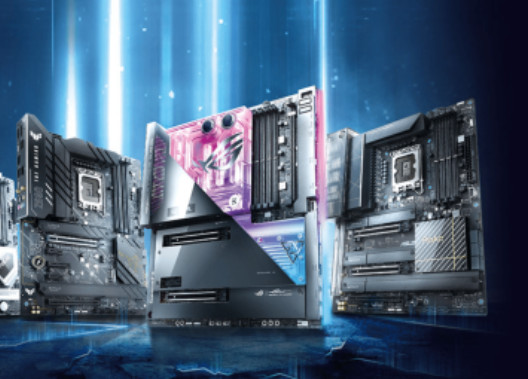
H2: The Benefits of Overclocking
Overclocking offers several benefits to hardware enthusiasts and power users. Firstly, it allows them to squeeze out maximum performance from their components, which can lead to noticeable improvements in tasks such as gaming, video editing, and 3D rendering. Overclocking can also extend the lifespan of components by making them more future-proof, as they can continue to deliver satisfactory performance even as technology advances.
Popular Overclocking Products
H2: CPUs and GPUs: Powerhouses for Overclocking
Central Processing Units (CPUs) and Graphics Processing Units (GPUs) are the primary components targeted for overclocking due to their significant impact on overall system performance. Companies like Intel, AMD, and NVIDIA offer overclockable CPUs and GPUs that cater to the needs of overclocking enthusiasts. These high-performance chips provide a solid foundation for achieving impressive overclocking results.
H2: RAM: Boosting Memory Performance
Random Access Memory (RAM) also plays a vital role in overclocking. Overclocking RAM can result in faster data transfer rates and improved system responsiveness. Manufacturers like Corsair, Kingston, and G.Skill produce high-quality overclockable RAM modules that deliver exceptional performance when pushed beyond their stock settings.
The Importance of Rigorous Testing
H2: Ensuring Reliability and Stability
When overclocking components, stability is of paramount importance. Rigorous testing is crucial to ensure that the overclocked products can withstand the increased clock speeds and perform reliably under demanding conditions. Stress testing, benchmarking, and temperature monitoring are some of the key testing methods employed to evaluate the performance and stability of overclocked systems.
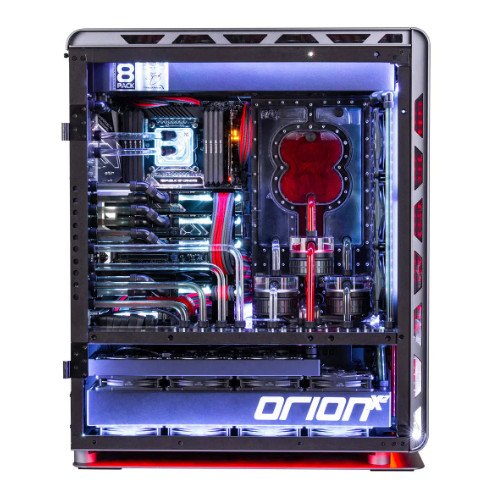
H2: Identifying Limitations and Optimizing Performance
Rigorous testing not only ensures stability but also helps overclockers identify the limitations of their components. Through systematic testing, enthusiasts can fine-tune their overclocked systems, optimizing them for maximum performance without compromising stability.
Testing Methods and Tools
H2: Stress Testing: Pushing the Limits
Stress testing involves subjecting the overclocked components to intense loads for an extended period to evaluate their stability. Tools like Prime95, AIDA64, and Intel Burn Test are commonly used to stress test CPUs, while FurMark and 3DMark are popular choices for GPU stress testing. These tests put the components under heavy workloads, ensuring that they can handle the increased clock speeds without crashing or producing errors.
H2: Benchmarking: Assessing Performance
Benchmarking is another critical testing method in the world of overclocking. It involves running specific software or applications that measure the performance of the overclocked system. Benchmarking tools like Geekbench, Cinebench, and Heaven Benchmark provide comprehensive insights into the system’s performance, allowing overclockers to gauge the effectiveness of their tweaks and compare their results with other enthusiasts.
H2: Temperature Monitoring: Keeping Cool Under Pressure
Overclocking generates additional heat, which can potentially harm the components if not properly managed. Temperature monitoring tools like HWMonitor, Core Temp, and MSI Afterburner help overclockers keep an eye on the temperatures of their CPU, GPU, and other critical components. Maintaining optimal temperatures is essential for ensuring system stability and longevity.
Overclocking Challenges and Solutions
H2: The Silicon Lottery: Variations in Performance
Overclocking is not without its challenges. One such challenge is the silicon lottery, which refers to the natural variations in performance that occur among individual components. Not all CPUs or GPUs are created equal, and some may be inherently better at overclocking than others. Overclockers must experiment and find the optimal settings for their specific components.
H2: Power Delivery and Voltage Regulation
Overclocking requires an adequate power supply to meet the increased energy demands of the components. High-quality power delivery systems, such as robust power supplies and stable voltage regulation, are essential for providing a reliable and consistent power source to the overclocked system. Insufficient power delivery or voltage instability can result in system instability and even damage to the components.
H2: Cooling Solutions: Battling the Heat
Effective cooling is vital for successful overclocking. As the components operate at higher clock speeds, they generate more heat. To prevent thermal throttling and maintain stability, overclockers employ various cooling solutions such as air cooling, liquid cooling, or advanced cooling methods like phase-change cooling or nitrogen cooling. These solutions help dissipate the heat efficiently and keep the components within safe operating temperatures.
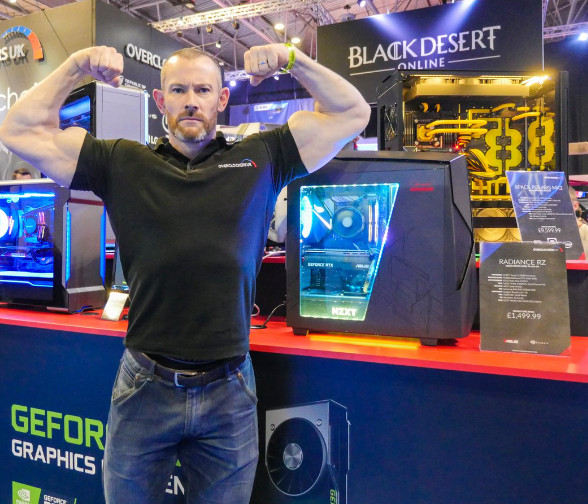
Overclocking Safety Measures
H2: Proceed with Caution: Safety First
Overclocking, while exciting, carries some inherent risks. To ensure the safety of both the components and the user, it is essential to follow proper safety measures. This includes understanding the limits of the components, avoiding excessive voltage increases, and monitoring temperatures to prevent overheating. Additionally, keeping regular backups of important data can safeguard against any potential data loss due to instability or system crashes.
H2: Warranty and Precautions
It’s important to note that overclocking can void warranties provided by component manufacturers. Before embarking on an overclocking journey, users should familiarize themselves with the warranty terms and conditions to make an informed decision. Furthermore, overclocking should be approached cautiously, taking incremental steps and monitoring system stability to avoid any adverse consequences.
Tips for Successful Overclocking
H2: Knowledge is Key
To excel in overclocking, gaining knowledge about the components, their specifications, and their overclocking potential is crucial. Understanding the basics of voltage, clock speeds, and cooling requirements helps in making informed decisions and achieving optimal results.
H2: Incremental Approach
Overclocking is best done gradually. Start with small increments in clock speeds or voltages and test the stability at each stage. This methodical approach allows for fine-tuning and identifying the optimal settings without overwhelming the system or risking instability.
H2: Temperature Monitoring and Cooling
Monitor the temperatures of the components closely during overclocking. Investing in efficient cooling solutions, such as high-performance CPU coolers or liquid cooling systems, can help keep the temperatures within safe limits and maintain system stability.
H2: Patience and Persistence
Overclocking is a process that requires patience and persistence. It may take several attempts and adjustments to find the sweet spot where performance and stability align. Don’t be discouraged by initial failures or setbacks; instead, learn from them and refine your approach.
H2: Joining Overclocking Communities
Engaging with overclocking communities and forums can provide valuable insights, tips, and support from experienced enthusiasts. Sharing experiences, discussing challenges, and learning from others’ successes and failures can significantly enhance your overclocking journey.
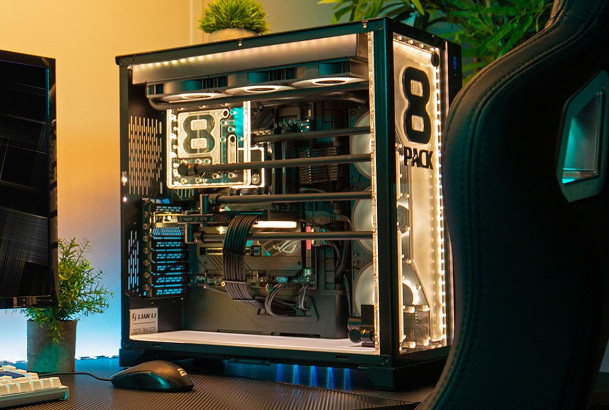
Overclocking for Gaming Enthusiasts
H2: Unleashing Gaming Performance
For gaming enthusiasts, overclocking can be a game-changer. By overclocking the CPU and GPU, gamers can experience higher frame rates, smoother gameplay, and reduced input lag. Overclocking can help squeeze every bit of performance out of the components, enhancing the overall gaming experience.
H2: Finding Stability for Gaming
When overclocking for gaming, stability becomes paramount. System crashes or instability during gameplay can ruin the gaming experience. Thorough testing and monitoring are essential to ensure that the overclocked system can handle the demands of intensive gaming sessions without compromising stability.
Overclocking in Professional Settings
H2: Enhanced Productivity and Performance
Overclocking is not limited to gaming enthusiasts; it also finds applications in professional settings. Content creators, video editors, 3D artists, and other professionals can benefit from the increased performance and responsiveness that overclocking can provide. Render times can be reduced, complex simulations can be processed faster, and overall productivity can be enhanced.
H2: Stability and Reliability
In professional settings, stability and reliability are of utmost importance. Overclocking for professional use cases requires meticulous testing, validation, and ensuring that the overclocked systems can handle the demanding workloads without compromising reliability or data integrity.
Overclocking and System Stability
H2: Striking the Balance
Achieving the perfect balance between overclocking performance and system stability is a constant pursuit for enthusiasts. It involves finding the optimal settings that maximize performance while maintaining long-term stability. Rigorous testing, monitoring, and fine-tuning are essential to strike this delicate balance.
H2: Longevity and Component Lifespan
Overclocking, when done responsibly, does not necessarily shorten the lifespan of the components. By staying within safe voltage and temperature limits, and ensuring proper cooling, overclocked components can continue to operate reliably for extended periods. However, it’s important to note that pushing components beyond their limits or exceeding recommended voltage thresholds can accelerate wear and potentially reduce their lifespan.
Overclocking and Power Consumption
H2: Increased Power Demands
Overclocking increases the power consumption of components as they operate at higher clock speeds. It’s important to consider the increased power demands and ensure that the power supply can handle the overclocked system’s requirements. Investing in a high-quality power supply with ample wattage and stable voltage output is crucial for maintaining system stability and preventing power-related issues.
H2: Power Efficiency Considerations
While overclocking generally leads to increased power consumption, advancements in hardware design and power management technologies have made overclocking more power-efficient than ever before. Components like CPUs and GPUs are designed to operate within specific power envelopes, allowing for better control over power consumption even when overclocked. Optimal settings and efficient cooling solutions contribute to power efficiency while maximizing performance.
Overclocking Communities and Resources
H2: Sharing Knowledge and Experiences
Overclocking communities play a vital role in fostering knowledge sharing, collaboration, and support among enthusiasts. Online forums, social media groups, and dedicated websites provide platforms for users to discuss their overclocking experiences, share tips and tricks, and seek guidance from experienced overclockers. These communities also serve as valuable resources for staying updated on the latest overclocking trends, tools, and techniques.
H2: Manufacturer Support and Tools
Many component manufacturers actively support overclocking and provide resources and tools to assist enthusiasts in their endeavors. Companies like ASUS, MSI, and Gigabyte offer specialized software utilities, BIOS options, and overclocking guides tailored to their products. These resources simplify the overclocking process and provide additional support for users, ensuring a seamless overclocking experience.
Conclusion
Overclocking has become a fascinating realm for hardware enthusiasts, offering the opportunity to extract maximum performance from computer components. Rigorous testing is essential to ensure the stability and reliability of overclocked systems. By employing stress testing, benchmarking, and temperature monitoring, overclockers can push their components to their limits while maintaining stability. Overclocking brings benefits to gaming enthusiasts, professionals, and power users, enhancing performance and productivity. It requires a balance between performance and stability, with proper safety measures and incremental approaches. With the support of overclocking communities and manufacturer resources, enthusiasts can continue to explore and unleash the full power of their cutting-edge products.
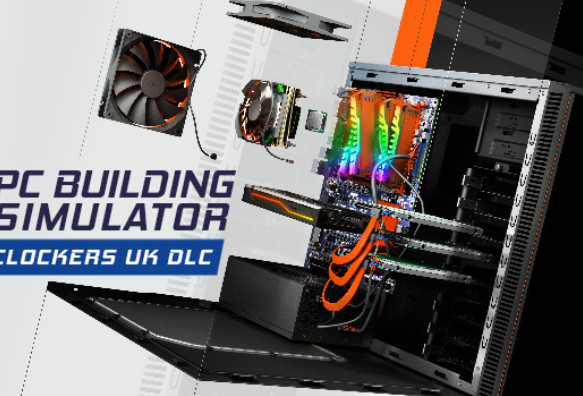
FAQs
Q1: Is overclocking safe?
A1: Overclocking can be safe if done responsibly. By following proper safety measures, monitoring temperatures, and staying within recommended voltage limits, users can minimize the risks associated with overclocking.
Q2: Will overclocking void my warranty?
A2: Overclocking can potentially void warranties provided by component manufacturers. It’s important to understand the warranty terms and conditions before proceeding with overclocking.
Q3: How can I ensure stability while overclocking?
A3: Thorough testing, incremental adjustments, and monitoring system temperatures are key to ensuring stability while overclocking. Stress testing and benchmarking tools help evaluate stability and performance.
Q4: Can overclocking improve gaming performance?
A4: Yes, overclocking can enhance gaming performance by increasing frame rates, reducing input lag, and improving overall system responsiveness.
Q5: Is overclocking only for gaming enthusiasts?
A5: No, overclocking finds applications in professional settings as well. Content creators, video editors, and other professionals can benefit from improved productivity and performance achieved through overclocking.
Note: The article above is for informational purposes only. Overclocking can potentially damage components or void warranties if not done properly. It’s important to research and understand the risks before attempting to overclock your system.



